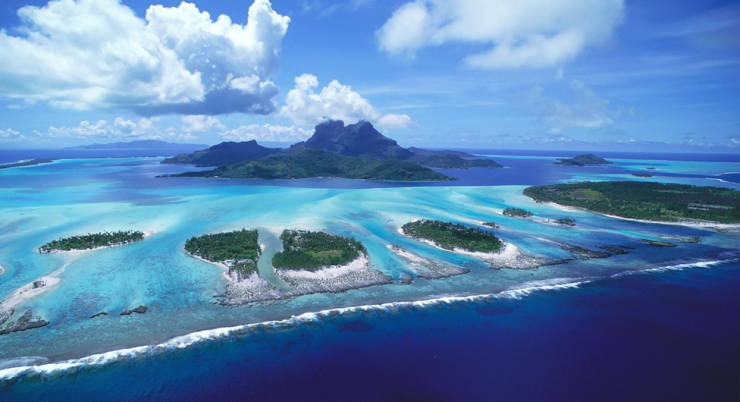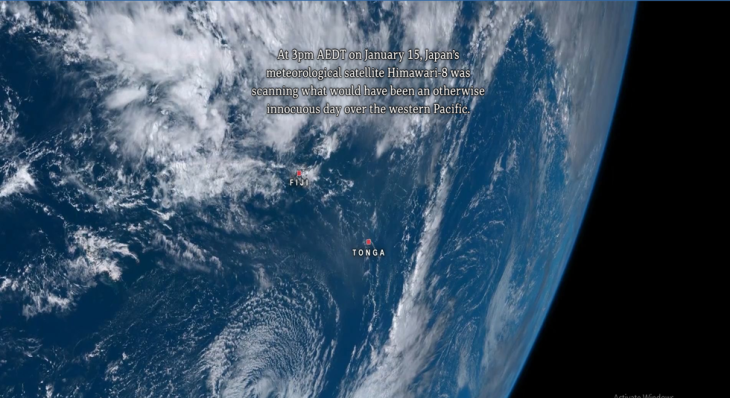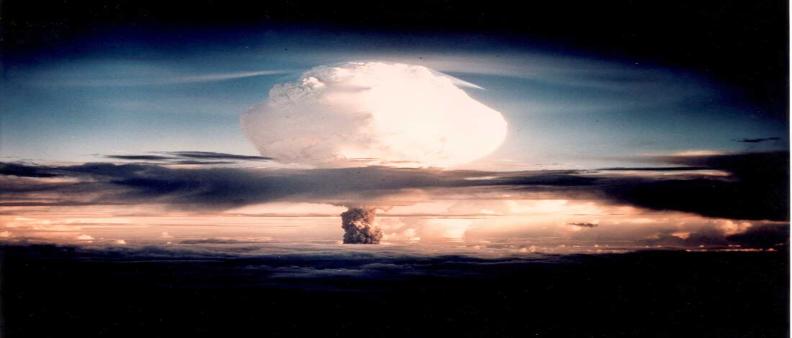Satellite view of pacific Tonga volcano
Knowing and understanding what lies below the beautiful, blue Pacific Ocean
 Yasawa islands, Fiji
Yasawa islands, Fiji

At 3pm AEDT on January 15, Japan's meteorological satellite Himawari-8 was scanning what would have been an otherwise innocuous day over the western Pacific

Moments later, the Hunga Tonga- Hunga-Ha'apai volcano erupted with such force, that even seasoned volcanologists were left stunned.

The blast was so powerful that it caused a sonic boom that could be heard across multiple countries, triggered a tsunami and spewed a column of ash more than 30 kilometres up into the air.

The blast force, equivalent to 5-6 megatons of TNT, set off a visible shock wave that rippled through the atmosphere and reached the other side of the planet.
How strong is the blast ?

5 – 10 megatons of TNT of visible shock wave that rippled through the entire South Pacific up to Alaska.
“The shock wave from the Tonga eruption appears to dwarf those made by even the largest thermonuclear tests, such as America's 10.4 megaton "Ivy Mike" detonation in 1952.
U.S. Department of Energy

- The undersea volcano near the island nation of Tonga erupted on Saturday with an explosive force that was more than 600 times as powerful as the atomic bomb dropped on Hiroshima, Japan, according to scientists and reports.
- James Garvin, the chief scientist at NASA's Goddard Space Flight Center, told NPR that they came up "with a number that's around 10 megatons of TNT equivalent."
- That means the volcano blast was equal to the force of more than 650 "Little Boy" atomic bombs, one of which was dropped on Hiroshima, Japan in 1945 during WWII and had an estimated force of 15,000 tons of TNT.
Below are some of the pictures supplied from “ Tonganow” page showing the Impact of the Volcano.

| Click here to view the full pdf |

Comments (0)